Name Dave Pelz Role Coach | ||
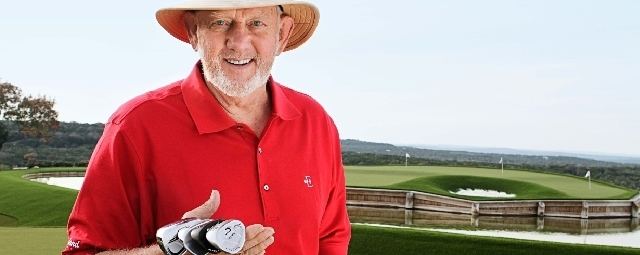 | ||
Books Dave Pelz's Short Ga, Dave Pelz's Putting Bi, Putt Like the Pros: Dave Pel, Dave Pelz's Golf Without F, Dave Pelz's Putting G | ||
Video dave pelz short game bible
David T. Pelz is an American golf coach, known for his expertise and published writing on the art of the short game, particularly putting.
Contents
- Video dave pelz short game bible
- Phil mickleson s coach dave pelz says if you practice what you re terrible at you ll
- Biography
- NASA
- Initial research
- Preceptor Golf
- Dave Pelz Golf
- The scoring game
- Developments and patents
- Innovations
- Publications
- References
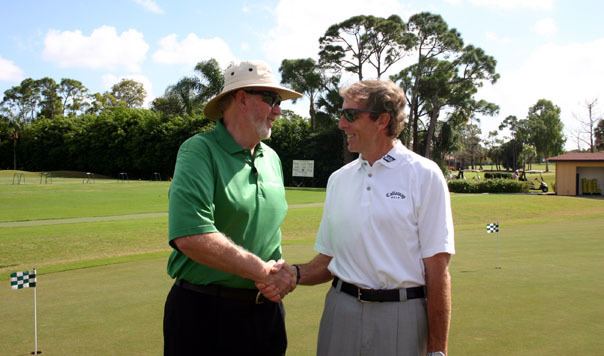
Pelz's Short Game Bible was a New York Times "national best-seller" in 1999. Pelz was named by Golf Digest magazine as one of the 25 most influential instructors of the 20th Century. Pelz continues his research at the Pelz Golf Institute in Spicewood, Texas.
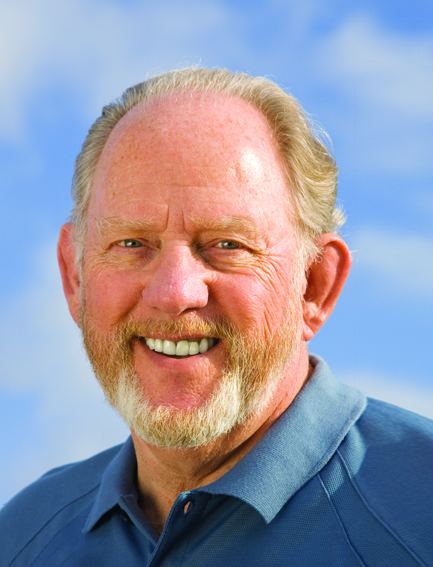
Phil mickleson s coach dave pelz says if you practice what you re terrible at you ll
Biography
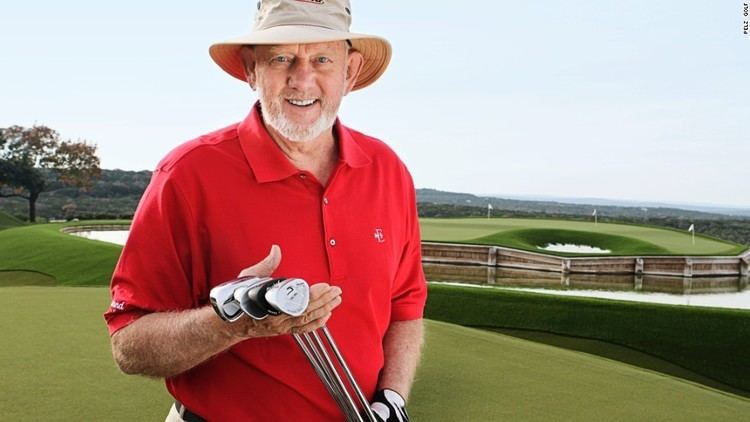
Pelz attended Indiana University on a four-year golf scholarship where he majored in physics. He played, and lost to, Jack Nicklaus on 22 occasions.
NASA
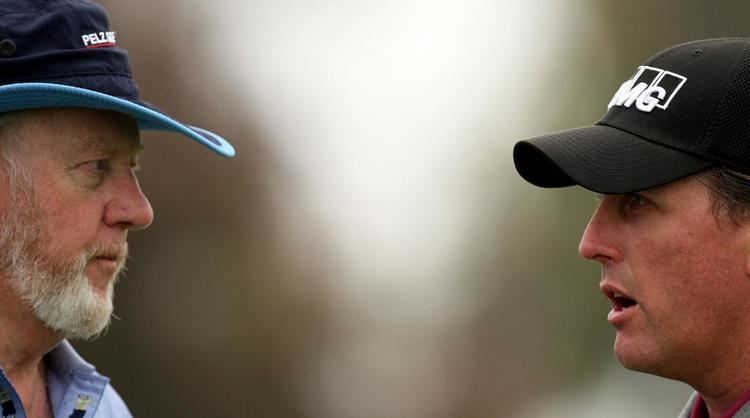
In 1961, Pelz joined NASA, working at the Goddard Space Flight Center doing research on the upper atmospheres of the earth and other planets in the solar system. Pelz became a senior scientist with responsibilities for several satellite programs, including Explorer.
Initial research
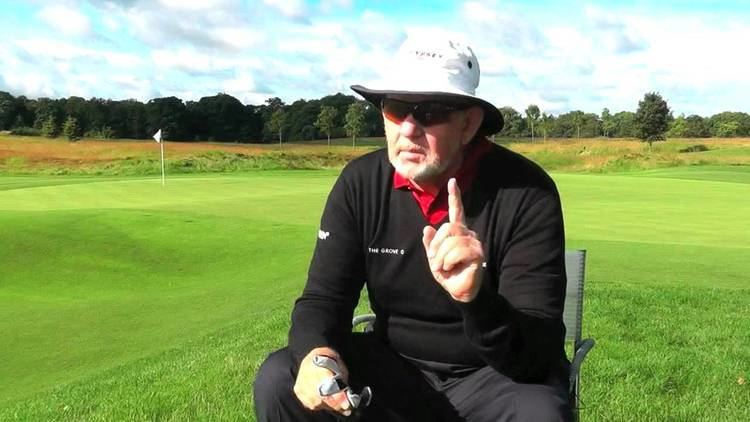
Pelz, still disappointed at his own inability to make the grade for the PGA Tour, decided to apply his knowledge of physics to the game. Pelz's own weakness was his short game, so in 1970 he began measuring what happens when the putter head strikes the ball, and how the mechanics of player and club swing through the putter. His research led to the development of the "Teacher Putter" patent. Pelz improved his putting enough to qualify for, and play in, the U.S. Amateur, though he lost in the second round, and he finished as a medalist in the Maryland State Amateur. His experiences convinced him that good putting, far from being solely a natural ability, could be learned.

In 1975, Pelz took a leave of absence from NASA and started Preceptor Golf, formed to manufacture and market the Teacher Putter. At first, the USGA ruled against the Teacher Putter, saying it was "designed to be adjustable during play." They later ruled if two separate inserts were used, it would conform to the rules. In 1996, the USGA again banned the Teacher Putter on the grounds that it is not "plain in shape."
Preceptor Golf

Pelz resigned from NASA on January 1, 1976 to concentrate on his golfing endeavours. Preceptor Golf began to offer custom-fitted clubs, and developed a method of engraving a player's signature on each head in a set of stainless steel clubs. Pelz also launched his "Teacher Clips", a development which turns any putter into a "Teacher Putter"-like club; and developed "The True Roller", a device that rolls a perfect putt and was integral to his later research into putting.

In 1977, Pelz began an analysis of every shot in golf. Using caddies, tour players and amateur golfers, he spent more than three years entering the data from thousands of rounds (shot distance, where each shot landed, relation to target, and so forth), coming to the conclusion that more than 60% of golf shots are part of the 'short game' - those made from within around 100 yards of the hole. He discovered that players with the best short games win the most money, and that while touring professionals miss shots from further than 100 yards from the hole by an average 7% of the total shot distance, that percentage rises to 16–20% on shots from within 100 yards. This research formed the basis for many of his future efforts in golf, and led to Preceptor launching "Frequency Analyzers", becoming the first club manufacturer to offer frequency-matched sets of clubs.
Using this analysis, Pelz began teaching and coaching PGA Tour players one-on-one in their short and putting games. Andy North becomes first Pelz student to win a major championship, winning the U.S. Open Golf Championship at Cherry Hills Country Club.
In 1982, Preceptor launched the "Quick Change Hosel", which allows players to easily interchange shafts and clubs. This becomes the basis for their new custom club-fitting system, which concentrated on ball performance instead of players' heights, weights and similar factors. In 1984, after Pelz had tested clubs on 500 golfers, Preceptor launched the "FeatherLite" line of clubs, the first golf clubs with lighter heads on more flexible shafts.
In 1983, Barney Adams had joined Dave Pelz Golf Inc., which included Preceptor. When Preceptor went bankrupt in 1986, Adams bought the assets and started Adams Golf, which he moved to Dallas, Texas in 1991.
Dave Pelz Golf
Following the collapse of Preceptor Golf, Pelz has continued to focus on golf research and tuition, while also undertaking more writing and broadcasting to bring his theories to a wider audience.
While teaching at the "Short Game School" in Austin, Texas, Pelz felt his theories to be partially vindicated when one of his pupils, an amateur from Midland-Odessa, defeated Ben Crenshaw in the Texas State Putting Championship. In 1996 Pelz staged his first World Putting Championship at Walt Disney World in Orlando, Florida, with 17,000 participants competing for a $250,000 top prize. The winner was PGA Tour player Len Mattiace.
Having started writing for Golf Magazine in 1983, from 1995 to 2005 Pelz wrote and appeared in thirteen half-hour shows per year on the Golf Channel. He also appears on their Live from the Majors telecasts, and continues to contribute monthly instructional articles in GOLF Magazine.
Pelz's Short Game Bible was a New York Times national best-seller in 1999. He has since published Dave Pelz's 10 Minutes a Day to Better Putting, Putt Like the Pros, and Dave Pelz's Putting Bible. Pelz also has produced four videos, “Dave Pelz's 10 Minutes a Day to Better Putting”, “Fundamentals of Wedge Play”, “Developing Great Touch”, and “The Amazing Truth About Putting.”
Pelz's research has resulted in patented product developments, many of which are now licensed to major manufacturers. The patented two- and three-ball putters were licensed to Callaway Golf, becoming the Odyssey Golf Two-Ball putter. Pelz offers two wedge lines, each with aggressive groove designs.
In 2004, while filming a TV segment for the Golf Channel during PGA Championship week at Whistling Straits in Kohler, Wisconsin, Pelz holed a 206-foot putt. A check with Ripley’s determines putt is “longest golf putt ever holed on TV.”
The scoring game
Pelz began teaching PGA professionals on an individual basis in 1978, and in 1982 designed his first Short Game and Putting training facility, located in Abilene, Texas.
Today, Dave Pelz Scoring Game Schools include an analysis of each individuals game, classroom theory sessions and outdoor execution sessions. The program is designed to produce long term improvement in golfers’ ability to score. Schools are located:
Developments and patents
Pelz holds 17 patents on golf equipment, and has developed numerous other products:
